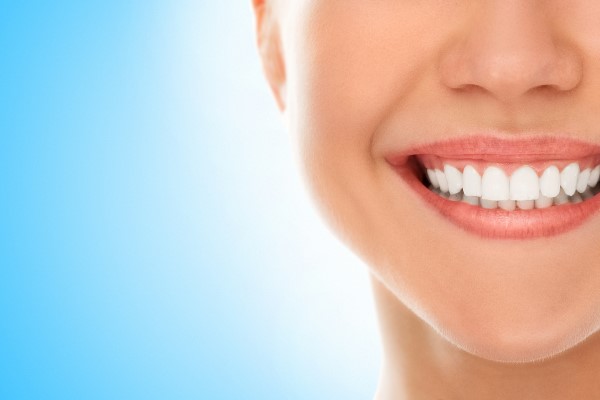



Dental veneers are a popular treatment option used for both restorative and cosmetic purposes. They are versatile in the sense that they can be used to cover stained teeth, repair chipped teeth and even lengthen teeth that are too short. While veneers are a popular choice for many patients, they are newer to dentistry compared to other procedures. With that being said, it can be helpful to know exactly how they are placed.
The dental veneers placement process
Below is an overview of the dental veneers placement process. These steps can be helpful to review prior to getting to veneers.
Molds and impressions
The first step of the veneers placement process is for the general dentist to take molds and impressions. Typically, veneers are used to cover teeth that are in the front of the mouth. Because they are used to cover an existing tooth, an impression is required so that the dental lab can custom-create a perfect veneer.
Impressions are done in the general dentist's office, and the appointment itself does not last longer than an hour. The impressions are then sent off to a dental lab where the veneers can be custom-created. Additionally, the dental lab will be able to color-match the veneer to the surrounding natural teeth so that the restoration does not look different.
Bonding and placement
After a week or two, the patient can return to the dentist's office to have the veneers placed. A numbing agent will be administered so that sensation is kept at a minimum. To begin placement, the dentist will etch the surface of the tooth a little bit so that a dental bonding material can be applied. Etching can cause slight sensitivity, but there will not be any pain. After etching, a dental resin material is painted onto the tooth, which resin sticks to the enamel and the veneer. Lastly, the dentist will place the veneers over the teeth that are being worked on.
Shaping and finishing
To ensure that the veneers bond to the resin material and the natural tooth, the general dentist will gently secure them by using a dental tool. The edges will be secured on all sides so that there are not any imperfections, which could cause irritation to the gumline or surrounding teeth. Additionally, the dentist will ask that the patient feel around to make sure nothing is poking or prodding them. If there are any imperfections, the dentist will use a different tool to remove excess areas.
Lastly, the patient will return home and wait a day or two to return to normal habits, such as eating. For the most part, there are not any required care tips, other than to practice good oral hygiene and to avoid physical force to the mouth.
Learn more today!
Want to find out more about veneers? These are a great option for restoring teeth that are in bad shape. Working with a general dentist is a great place to start, as they can perform an evaluation to get the veneers process started. Reach out today to get started or to learn more.
Request an appointment here: https://www.carolinasmilesdentist.com or call Carolina Smiles Family Dental at (828) 974-3326 for an appointment in our Brevard office.
Check out what others are saying about our services on Yelp: Read our Yelp reviews.
Recent Posts
Getting braces is not something that most teens look forward to. Invisalign® treatments for teens may be an option that has benefits for your teen.Invisalign® designs and markets a different treatment option for teens which the company calls Invisalign® Teen. The primary difference between the two products is that Invisalign® Teen has a set of…
Invisalign® clear aligner trays are not just for adults; teenagers and some children can also benefit from this treatment system. Many teens prefer Invisalign® over traditional braces because of the numerous advantages it offers, including:Discreet treatment appliancesMore comfort throughout the entire processRemovable trays for improved oral hygieneWhile wearing these trays is easy and relatively effortless,…
Proper care of a dental crown is essential for maintaining its appearance, function, and longevity. A dental crown restores damaged or weakened teeth, providing durability and protection to the underlying tooth structure. Although crowns are designed to withstand chewing forces, taking specific precautions ensures their long-term success and helps maintain oral health.A dental crown acts…
If you and your child are interested in an alternative to traditional braces, Invisalign® may be just what you are looking for. It is just as effective at straightening teeth as traditional braces but has certain qualities that make it more tolerable for teenagers.It is usually preferable to wait to delay teeth straightening treatment until…


